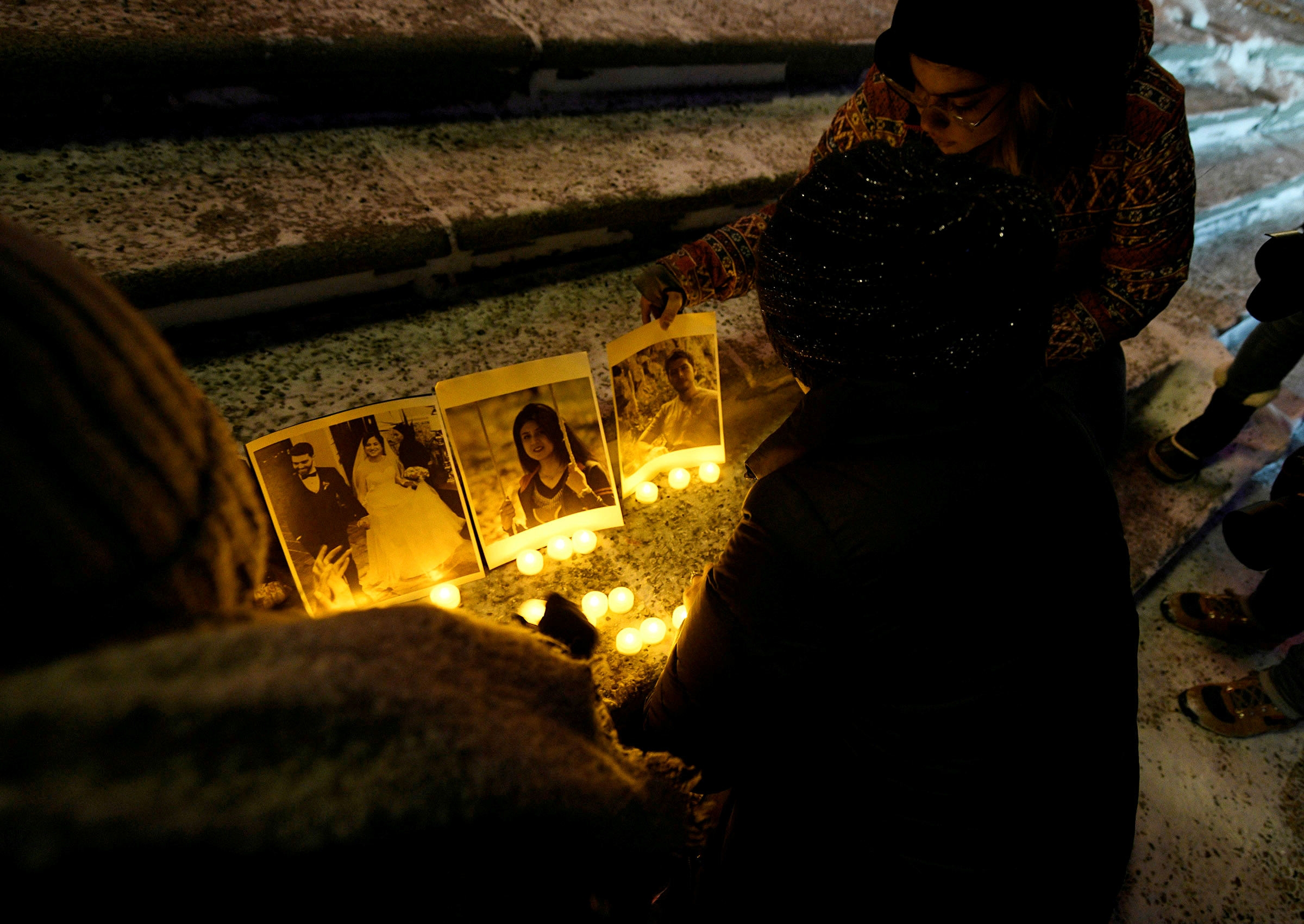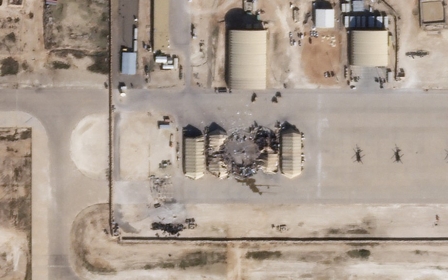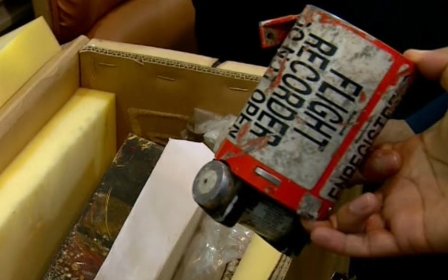IRGC commander takes responsibility for Iran's shooting down of Ukrainian plane

An official in Iran's Islamic Revolutionary Guards Corps (IRGC) on Saturday accepted full responsibility for the shooting down of a Ukrainian passenger jet that killed all 176 people on board.
"I take full responsibility and I will obey whatever decision is taken," Brigadier General Amirali Hajizadeh, aerospace commander of the IRGC, said in remarks broadcast on state television.
"I would prefer to die rather than witness such an incident."
Though western intelligence agencies concluded this week that it was highly likely an Iranian air defence missile was responsible for the crash, Tehran initially denied involvement, calling the claims "psychological warfare".
Ukrainian International Airlines flight PS752 took off from Imam Khomeini International Airport, bound for Kiev, hours after Iran had launched a salvo of rockets at two Iraqi bases hosting US military troops - a response to last week's killing of top general Qassem Soleimani.
In recent days, video footage emerged online suggesting the plane had been struck by a missile soon after it took to the air, before attempting to turn back to the airport.
It had been suggested that Iran mistakenly targeted the plane while on high alert anticipating a US response to the attack on its troops in Iraq.
This scenario was apparently confirmed by Iranian Foreign Minister Mohammed Javad Zarif, who on Saturday tweeted, "Human error at time of crisis caused by US adventurism led to disaster", calling it "a sad day".
"Our profound regrets, apologies and condolences to our people, to the families of all victims, and to other affected nations," he added.
An Iranian military statement, announcing that a missile had struck the plane and expressing condolences to the victims, said the plane had flown close to a sensitive military site belonging to the IRGC
It said responsible parties would be referred to a judicial department within the military and held accountable.
A newlywed couple, dozens of university students and entire families were among the 176 people on board. The majority were en route to Canada, with Kiev an intended transit point.
Many of the victims were Iranian with dual nationality.
All of Tehran's airports were functioning as normal at the time, despite the missile attacks and heightened tensions. Iran originally said the theory it was responsible for the crash made "no sense" because of the number of civilian planes also in the sky at the time.
Grief-stricken Iranians and others have posted images related to the crash. One showed a child's red shoe in the dirt. Another was a selfie of a mother and daughter in their seats, sent to a loved one just before takeoff.
"Why were any civilian airlines flying out of Tehran airport in those conditions?" a user named Shiva Balaghi wrote on Twitter.
Middle East Eye propose une couverture et une analyse indépendantes et incomparables du Moyen-Orient, de l’Afrique du Nord et d’autres régions du monde. Pour en savoir plus sur la reprise de ce contenu et les frais qui s’appliquent, veuillez remplir ce formulaire [en anglais]. Pour en savoir plus sur MEE, cliquez ici [en anglais].




